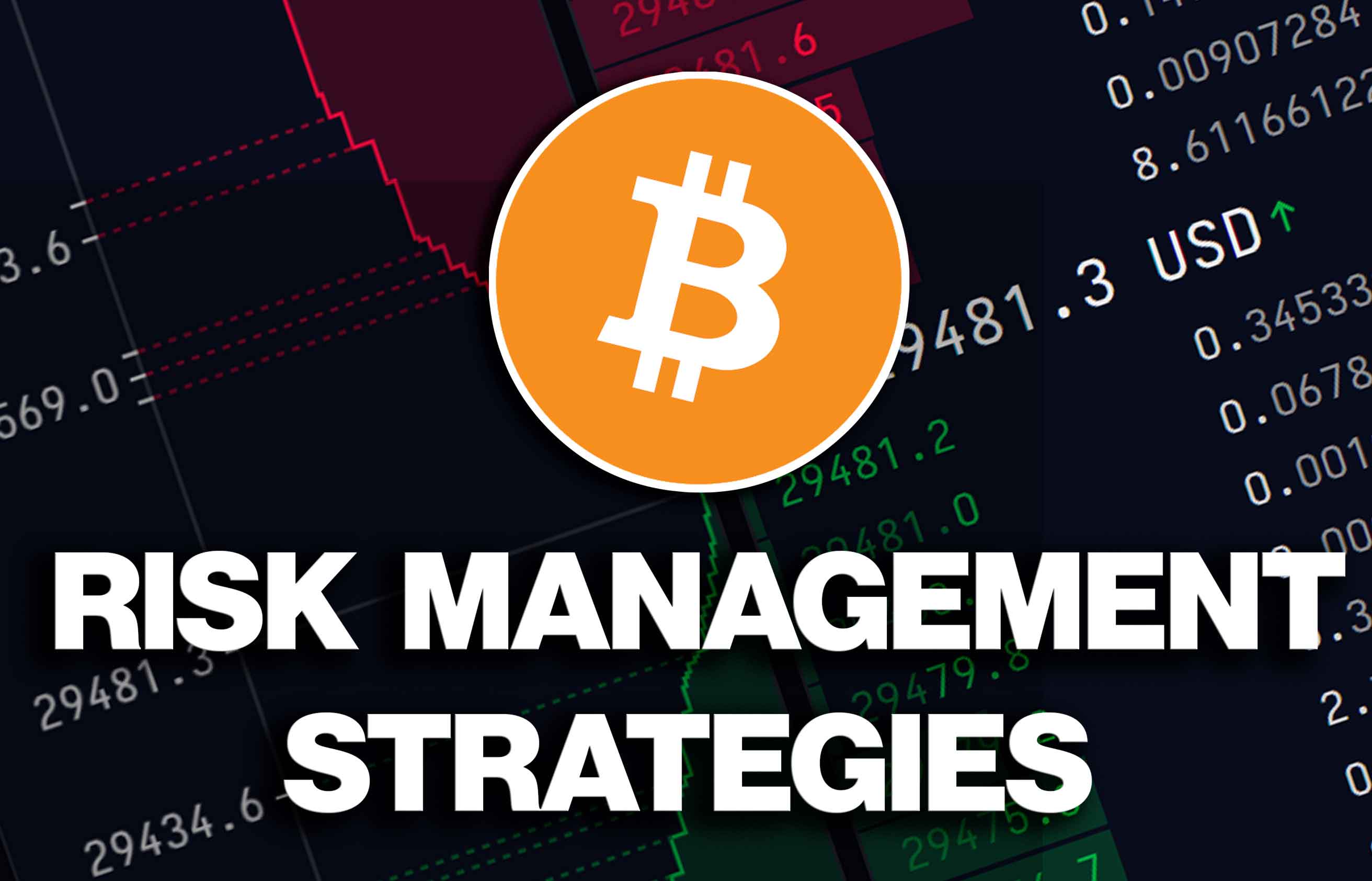What are the Most Effective Risk Management Strategies for Cryptocurrency Traders?
Cryptocurrency trading has opened up multiple avenues for profitability, but the risks that come with it can’t be ignored. The crypto market is inherently volatile and unpredictable, often leading traders to make emotional decisions that can result in substantial losses. To succeed in this profitable yet complex world of cryptocurrencies, traders need to employ effective risk management strategies. In this article, we are describing some necessary and effective risk management strategies that traders can use to navigate the market’s turbulence.

Effective Risk Management Strategies for Cryptocurrency Traders
Cryptocurrency risk management involves identifying, assessing, and mitigating potential risks associated with crypto trading and investment. The following strategies will help you manage those risks and enjoy the benefits of crypto trading.
Use Stop Loss and Take Profit Orders
Using stop loss and take profit orders is an essential risk management strategy in the cryptocurrency space. This approach lets traders capitalize on favorable market movements and prevents them from making rash decisions.
A stop-loss order tool automatically sells a position when the price reaches a predetermined level. This limits losses by making sure that a trade is exited before the market moves against you. It is vital to strategize and set up stop-loss orders at a level that aligns with your risk tolerance and trading plan. A take-profit order tool helps you automatically sell a position when the price reaches your specified target. This strategy locks in gains before the market reverses.
Using both trading tools, you can establish realistic profits based on market analysis. This way, your profits and trading approach both align with market conditions.
Embrace Market Sentiment and Data Analysis Tools
Market sentiment and data analytics tools such as WhalePortal Heatmaps and social media sentiment analysis provide valuable insights for crypto traders on effective risk management. Heatmaps visualize buying and selling pressures in the market. Avoid shorting when there is significant buying pressure, and refrain from going long when the sentiment is extremely greedy. These visual cues can help traders make more informed decisions and avoid high-risk scenarios. Similarly, social media sentiment analysis can help you understand people's perceptions and predict the market's situation.
Understand Position Sizing and Diversification
Understanding and managing the size of your positions is another great strategy that works well in crypto trading. The rule is to avoid allocating a large portion of your capital to a single trade, which can result in a dangerous loss if the trade goes against you. You need to be vigilant enough to analyze your capital and determine the size of each trade based on a percentage of your total capital. A recommended size is 1-3% per trade, ensuring that even a series of losses won’t affect your entire portfolio. Moreover, avoiding putting all your funds in a single asset and practicing diversification can also reduce the impact of poor-performing assets on your portfolio.
Practice Margin Trading: Cross Margin & Isolated Margin
With margin trading, traders can borrow funds to increase position size. There are two primary types of margin trading: cross-margin and isolated margin. In cross-margin, traders use all available funds as collateral for all trades. Even if one position is in loss while the other is in profit, the profit can be used to cover the loss. In an isolated margin, investors decide how much funds to allocate to a specific position so the rest are unaffected. The choice between cross-margin and isolated margin depends on the individual’s strategy, funds, and risk tolerance.